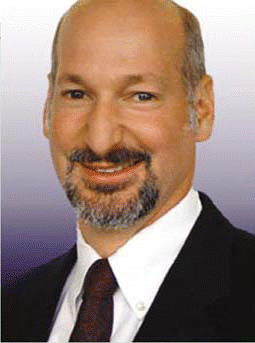What this means, Dr. Lanza said, is that squashing the bone and stretching the tissue still leaves behind the underlying insult. You improve the plumbing temporarily but don’t necessarily remove pathology in surrounding tissue.
Explore This Issue
May 2006Conventional endoscopic surgery, on the other hand, removes the tissue-with the surrounding bacteria or other pathogen in it, he said.
First-Generation Device Intriguing
Nevertheless, Dr. Lanza said he was intrigued by the device and is scheduled to attend a training session on its use. The company has raised the possibility that future generations of the device could also contain a drug delivery system that could deliver antibiotics or other medications, he explained. That would be a real advantage.
The rationale for the device is that it gently dilates the sinus ostia to allow for better ventilation and drainage. – -Andrew N. Goldberg, MD
Until then, Dr. Lanza said he does not foresee the device having any effect on the treatment of chronic sinusitis. The technology will initially be embraced by ENTs, in part out of curiosity. But there are not enough data at this time to support its use over other measures.
Dr. Bolger agreed that it’s too early to change the standard of care for patients with chronic sinusitis. But, he added, it is only a first-generation device. In cardiology, they started with balloon angioplasty. Then restenosis problems led to angioplasty plus stenting and then to angioplasty plus drug-eluting stenting.
Who knows if a third-generation device, like drug-eluting stents in cardiology, will change the standard of care? he said.
©2006 The Triological Society

Leave a Reply